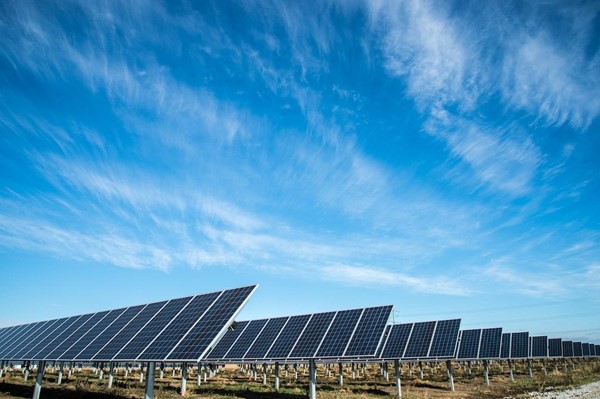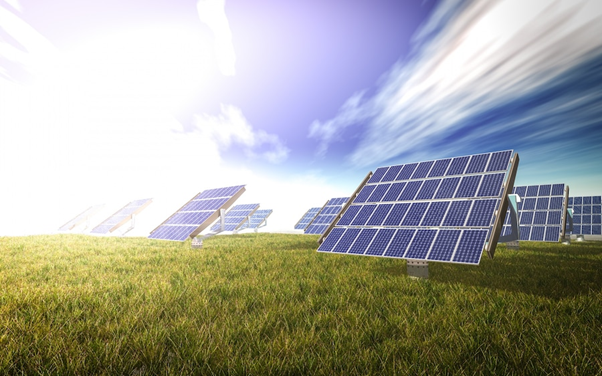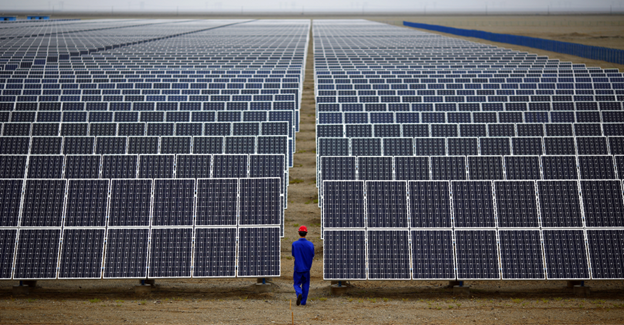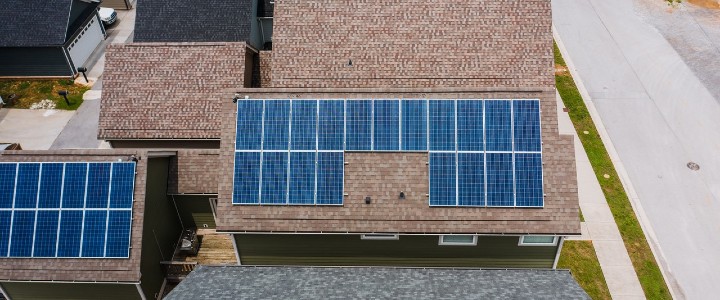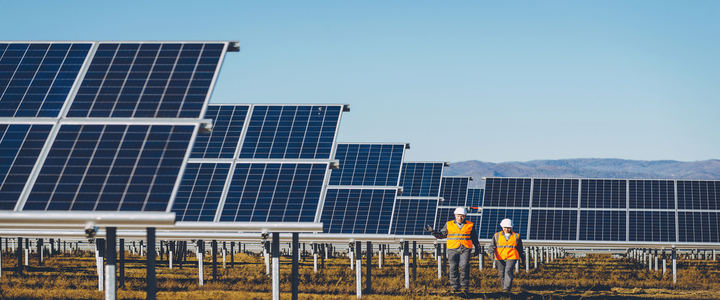5 Reasons to Incorporate Solar Microgrids
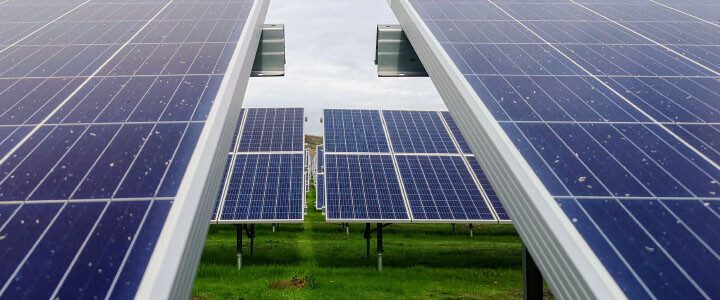
The Build Back Better plan focuses on improving U.S. infrastructure’s sustainability by developing a renewable energy grid. A significant portion of the country’s emissions is derived from fossil fuel-related electricity sources. By adopting solar microgrids, the U.S. can minimize its greenhouse gas emissions and transition away from “dirty” power sources.
What Is a Solar Microgrid?
A microgrid is a small-scale version of the electric grid, relying on diverse energy sources. The large-scale form meets national power demands quickly using coal, natural gas and other nonrenewable energy sources. During combustion, the depletable resources create greenhouse gas emissions that harm the atmosphere.
Environmental engineers and scientists evaluated the sustainability challenges associated with the conventional grid and developed a solar alternative. Solar microgrids use panels and battery storage, creating a reliable and off-grid source of emissionless electricity. The technology provides backup energy supplies during outages and additional support, making it an essential additive to the electricity sector.
Here are five reasons to incorporate solar microgrids.
1. Decrease Utility Costs
Solar power is the most cost-effective energy source on the market. When individuals rely on solar microgrid electricity, they significantly lower their utility costs. Recently extended tax credits also decreased the price of solar energy and boosted its national accessibility.
2. Support Green Jobs
Developing solar microgrids around the nation would increase the sustainability sector’s employment rate. Because President Biden plans on achieving carbon neutrality in America by 2050, renewable energy is the way of the future. New jobs in the industry increase security and reduce greenhouse gas emissions.
3. Create a Carbon-Neutral Energy Sector
In 2017, 28% of America’s total greenhouse gas emissions came from the electricity sector. Solar microgrids can significantly decrease emissions when used in conjunction with conventional systems. Some regions use sustainable microgrids a few hours every day, reducing emissions and stress on large-scale structures.
The large-scale grid creates significant quantities of emissions during combustion, altering Earth’s organic temperature control process. Naturally, the atmosphere absorbs solar radiation, creates heat, warms Earth’s surface, reabsorbs excess energy and sends it away from the planet. The process provides life-sufficient temperatures and supports the global ecosystem.
Greenhouse gas emissions drive the overproduction of heat. They also trap excess energy in the atmosphere, further increasing Earth’s temperature. Solar microgrids eliminate fossil fuel-related emissions, preserving biodiversity and natural resources.
4. Increase Reliability
Solar microgrids use hydrogen storage systems to increase their reliability. Panels can produce energy that powers a hydrogen electrolyzer and feeds green electricity into a storage container. When professionals enhance the storage capabilities associated with solar power, they increase its reliability.
A standard limitation of solar energy is its dependence on specific weather patterns. When individuals store excess power outside of high-demand times, they can access enough electricity to support the grid.
5. Support Economic Consistency
Power outages place significant amounts of financial stress on American companies. Every year, blackouts cost the commercial market nearly $150 billion. Using solar microgrids as reliable backup energy sources can support the economy’s stability.
Accessing Sustainable Power Today
Solar microgrids are popping up around the country as renewable energy storage technology advances. Individuals can access clean power grids by researching available resources in their area. If there are limited microgrids, residents can reach out to their local government officials and stress the importance of establishing solar systems.




